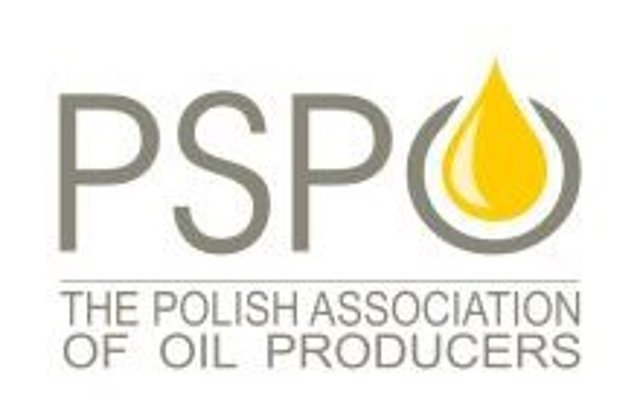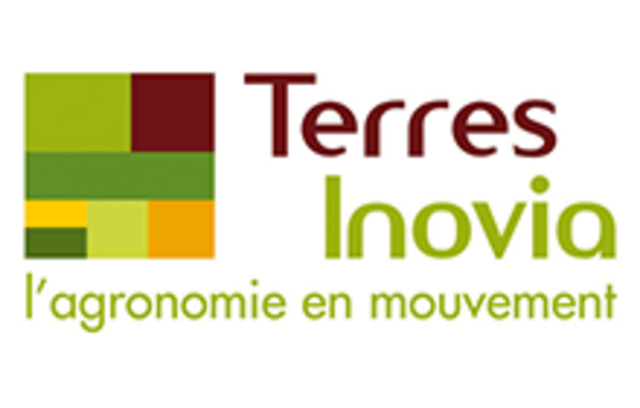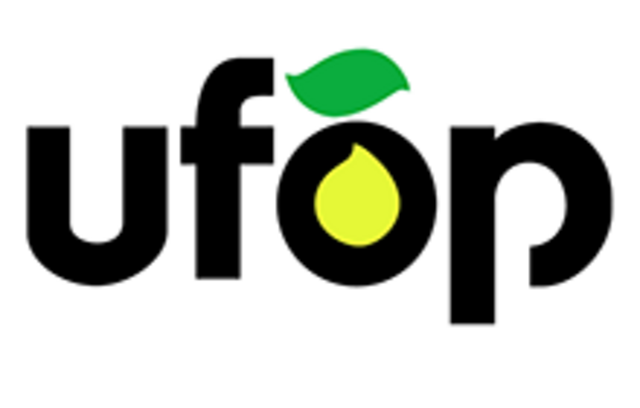Prof Jan Krzymański was one of the first members of the GCIRC, having joined the association in 1978 (the GCIRC constitution was adopted in November 1977, after 5 years of discussions) and participated actively to the GCIRC Board until 2005. He was president of GCIRC and chaired the 7th IRC in Poznan, in 1987.
He played a key role in the elaboration of the first varieties of low erucic and low glucosinolates winter rapeseed, at the basis of cultivars grown in Europe until today.
We give here a summary of his history, extract from an article written by Prof Krzymański himself for the 4th IRC, in Giessen, Germany, in 1974. It illustrates his personal role and also the importance of international collaborations, and the progress of knowledge on rapeseed genetics in the 1960ies and 70ies:
<<The lower seed value of rape is determined mainly by two factors – high erucic acid content in oil and toxic properties of thioglucosides (glucosinolates) which occur in meal. These two undesirable factors can be changed only in small degree by modifications in oil industry technology. It looks now the best solution of the problem can be obtained with genetical means breeding of new varieties of rape with improved chemical composition. Especial research project was made [in Poznan, Poland] by Oil Crop Department of Institute of Plant Breeding and Acclimatization (IHAR) .
Elaboration of method for fatty acid composition analysis by quantitative paper chromatography (KKrzymański, 1961, 1965) allowed to undertake genetical researches and rape breeding for low erucic acid content in seed oil. This method was replaced later by gas chromatography (Byczynska & Krzymański, 1968, Krzymański and Downey, 1969). Works on thioglucoside required also certain and proper analytical method. Different methods were examined and a new modification of Youngs-Wetter’s methods were proposed (Byczynska, 1974).
This method , based on gas chromatography, makes possible the estimation of individual isothiocyanates and individual oxazolidinethiones in seed meal. It is well adapted for needs of breeding and genetic investigation. Oil content in seeds is not analyzed now by destructive and quick method based on nuclear magnetic resonance measurement (Krzymański, 1970).
Survey of all varieties and strains of winter rape in our collection showed that we had none winter form low in erucic acid or thioglucoside content (Byczynska 1974, Krzymański 1965). For this reason, it was necessary to use spring forms for obtaining essential genetic variability. The following lines were genetical sources of desired traits in our researches and breeding works:
- Zero erucic line selected from ‘Liho” variety of spring rape in Canada (Stephansson et al., 1961)
- Low erucic line selected from “Bronowski” variety of spring rape in Poland (Krzymański, 1966, Krzymański et al 1967)
- Lines with very low thioglucoside content selected from “Bronowski” variety of spring rape (Finlayson et al, 1973; Krzymański, 1970)
Investigation was realized on inheritance of erucic acid content in rapeseed oil (Krzymański et al 1967; Krzymański & Downey, 1969; Krzymański 1970) and on inheritance of thioglucoside content in rape seed (Krzymański et al 1970). The results obtained were conformable to the published data of other authors (Harvey & Downey, 1964; Kondra & Stefansson 1965, 1970) (based on these results it can be concluded:
- Erucic acid content in rape seed oil is a hereditary trait controlled by embryo genotype;
- Erucic acid content is controlled by one or two pair system – the zero or low erucic forms represents ¼ or 1/16 of the F2 generation depending on cross combination;
- There are alleles or pseudoalleles controlling different levels of eruci acid acting in an additive manner without distinct domination;
- Thioglucosides content in rapeseed is controlled mainly by the maternal plant genotype in respect of both quantity and quality;
- The trait of high thioglucoside content is a dominant one in reference to total content of these compounds, but for individual thioglucosides different results were obtained. Overdominancy was observed in the case of pentenyl isothiocyanate, dominance for butenyl isothiocyanate and incomplete dominance for oxazolidinethiones.;
- A differentiation in thioglucosides composition was also observed in segregating generations of hybrids.
Low erucic or low thioglucosides strains of winter rape were obtained by crosses between winter varieties of rape and above-mentioned lines of spring rape. But these desired traits were strongly linked with many other traits typical for spring forms. These traits were usually unfavourable and caused the new strains had much lower agricultural value than normal old varieties which have been cultivated till now. These strains make only a raw material which needs further improvement especially for better vigour, higher yielding ability and better winter hardiness. We try to achieve this goal by using breeding methods based on backcrossing and intensive selection in segregating conditions… >>
The full article is available here.










